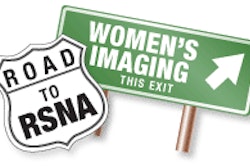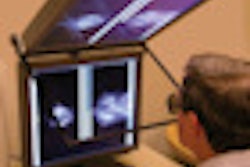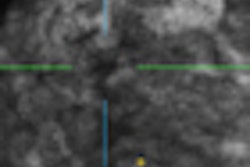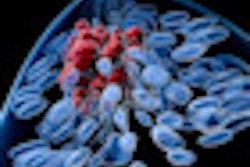Tuesday, November 27 | 11:40 a.m.-11:50 a.m. | SSG02-08 | Room E451A
Getting a second read for BI-RADS 3 breast lesions at the time they are categorized can reduce interreader variability and, thus, misclassification, according to this study conducted by researchers at Boston University.Dr. Bianca Carpentier and colleagues reviewed 121,862 mammograms interpreted between February 2002 and May 2009 by 12 radiologists. Of all the mammograms, 7% or 8,403 were classified as BI-RADS 3; over a two-year follow-up period, 0.4% (32 of 8,403) of these were reclassified to BI-RADS 4 or 5.
All the lesions that were upgraded to BI-RADS 4 or 5 showed cancer on subsequent biopsies. Although 11 (34%) of them did not show any change in size or morphology, they were upgraded to BI-RADS 4 or 5 by a subsequent and different radiologist. None of these 11 initial BI-RADS 3 lesions were upgraded if the same radiologist interpreted the subsequent mammogram, Carpentier's group found, and most of the changes in classification occurred at the first six-month follow-up exam.
Because more than a third of the lesions upgraded from BI-RADS 3 to BI-RADS 4 or 5 were reclassified due to reader interpretation, a second reader should review BI-RADS 3 lesions at the time of the initial diagnostic workup to reduce the possibility of a delayed cancer diagnosis, the researchers suggested.




















